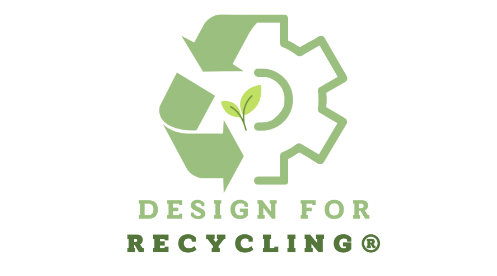Recycling's Role in Sustainability
In this activity, you will choose an item that is commonly used in your home or classroom and rethink its design to increase its recyclability.
Teacher Tips!
Many activities have a teacher view and a student view, and teachers can switch between those views by clicking the blue button in the upper-right. Students will not see this option - only teacher accounts see both views. The teacher view will start with overview text, if available, to frame the activity and get you started. This view will also have teacher tips and suggested answers to student questions spread throughout the activity. The teacher text interleaved with student-facing text will be in italics and should appear as a different color on your screen. Teacher tips are designed to help you deliver a learning experience that is best suited for your classroom.
Printing Reminder
Whichever view you see on your screen is what will print. You can print this activity without teacher tips by selecting the student view, or print with teacher tips by switching to teacher view. Simply use the standard print function available for your web browser. No extra steps are required.
Activity Title:
Recycling's Role in Sustainability
Description:
In this activity, students will choose an item that is commonly used in their home or classroom and rethink its design to increase its recyclability.
Target Grade Level:
Grades 3-6
Discipline or Course (Audience):
Ecology, human impact on the environment
Time Frame:
Two to three 45-minute class periods
Suggested Grouping:
Individual, Pairs, 3-4 Students
Key Vocabulary:
recycle, recyclability
Educator Prep:
Teachers should review all resources ahead of time.
Recommended Student Background Knowledge and Skills:
There is no specific student background knowledge required to complete this activity.
Activity Preparation Directions:
- Ensure that students have enough items to choose from for this activity.
Using This Activity with Other Audiences:
- To scaffold for lower grades, the teachers could ask the whole class to select the same item to improve and help by providing additional information on the item.
- To scaffold up, the teachers could ask students to factor in any savings to companies or consumers for the redesigned item.
Remote Learning Adaptations:
This activity is appropriate for remote learning; no adaptations or modifications are necessary.
STUDENT CONTENT BELOW THIS LINE
ReMA states, "Designing with recycling in mind means recognizing that a product's usefulness does not end because its original intent has run its course. By designing with this methodology, manufacturers use recycling and repurposing to plan the product's new lifecycle, reducing waste and reliance on natural resources."
Some products are more easily recycled or have higher recyclability than others. For example, single-use plastics like forks and spoons are often caught in recycling machinery because of their small and narrow shape and are, therefore, not very recyclable. But plastic bottles can be recycled - and a bottle you recycle today could end up in the shirt you wear tomorrow.
In this activity, you will look at a common item you use in your home or classroom and rethink its design to increase its recyclability.
Materials:
- Device with internet access
- A common item from home or the classroom is labeled for recycling for each student group
Safety Notes:
- When using technology, engage in safe, legal, and ethical behavior; this applies to devices (hardware), applications or programs (software), and interactions with others.
- Ensure that the items reviewed are clean and safe to handle (no sharp metal edges, etc.).
Part 1: Research
- Apply the principles of recyclability to the item you are looking to improve.
- Items smaller than 3 inches x 3 inches for 2D items, like paper or 3x3x3 inches for 3D items, are likely to fall through the equipment at the recycling facility and not be recycled.
- Items that are made from multiple materials are harder to recycle. Making something out of a single type of metal, one plastic resin, or all of paper makes it more recyclable.
- Being able to remove individual parts from a product is an important part of the repair or recycling process. Avoid using glues that make it difficult to detach pieces. Mechanically attach pieces using screws or buttons instead.
- Review additional resources about sustainability and recyclability. Here are a few resources to get you started:
Part 2: Development
- Using your research, redesign the item to increase recyclability.
- Design Requirements:
- Highlight the specific item and identify the materials the item is made of. Your item should be metal, plastic, paper, or glass.
- Ensure customer satisfaction.
- Maximize the use of renewable materials for the item.
- Explain how recycling will take place across the product's lifecycle.
- Minimize the environmental impact across the item's lifecycle.
- Include a picture or visual representation of your chosen item.
- Think creatively!
Part 3: Presentation
- You will present your ideas to your class when your group has completed their research and redesign.
- Consider the following:
- Assign speaking roles to ensure all group members have a chance to speak.
- Practice your presentation ahead of time.
- Ensure your visuals are clear and large enough for your audience to see from their seat.
- Be prepared to offer feedback to your peers after they present their ideas. This can be in the form of questions or suggestions.
Reflect and Apply
- Where did you encounter challenges with developing your ideas? student answers will vary. They may say it was figuring out what the item was made of, where or how it could be recycled, etc.
- Why do you think the item was not designed with better recyclability in the first place?answers will vary but could include cost availability of materials, etc.







